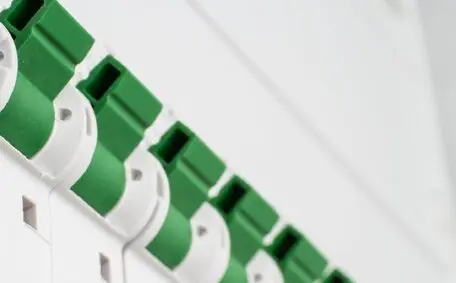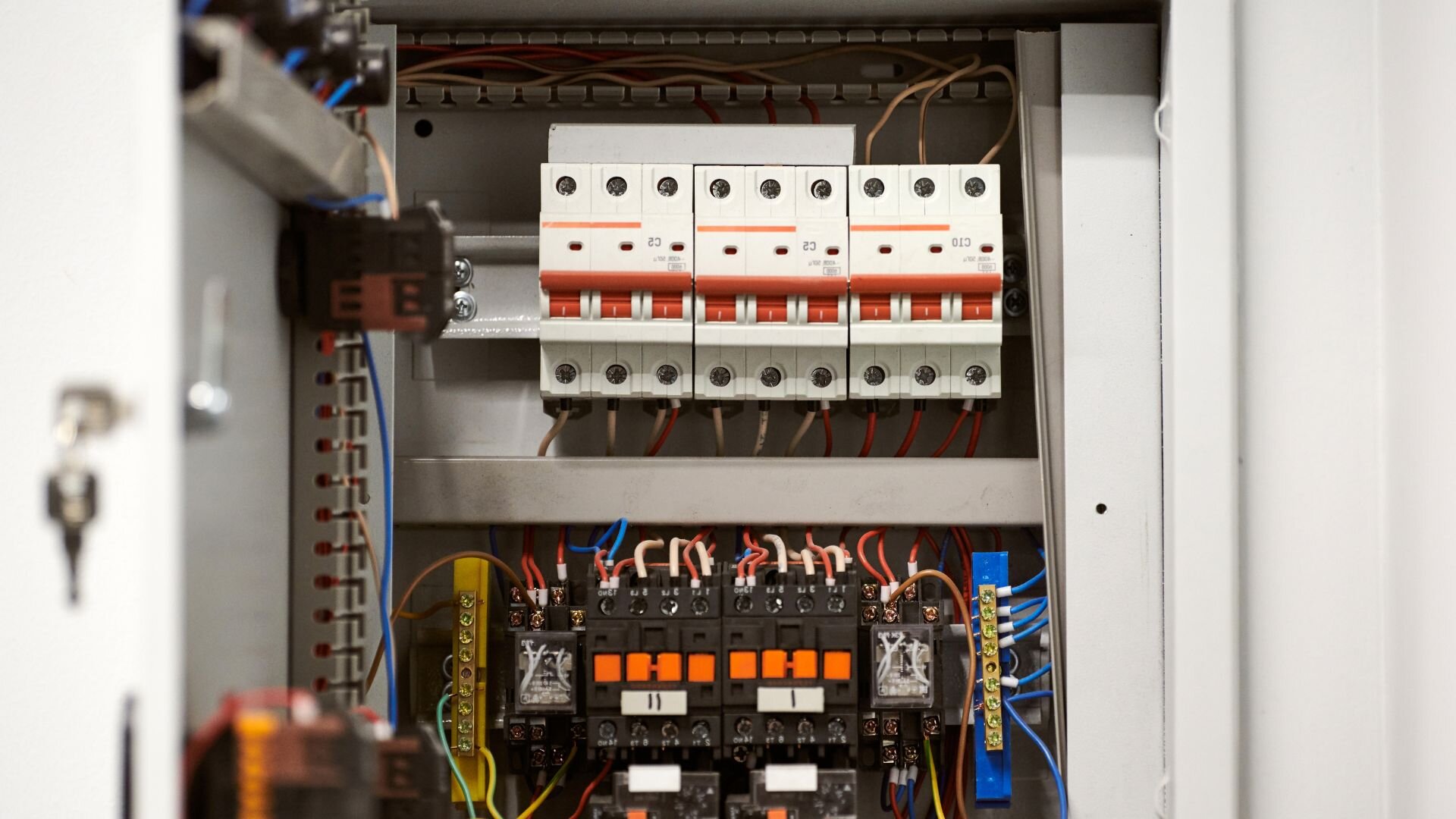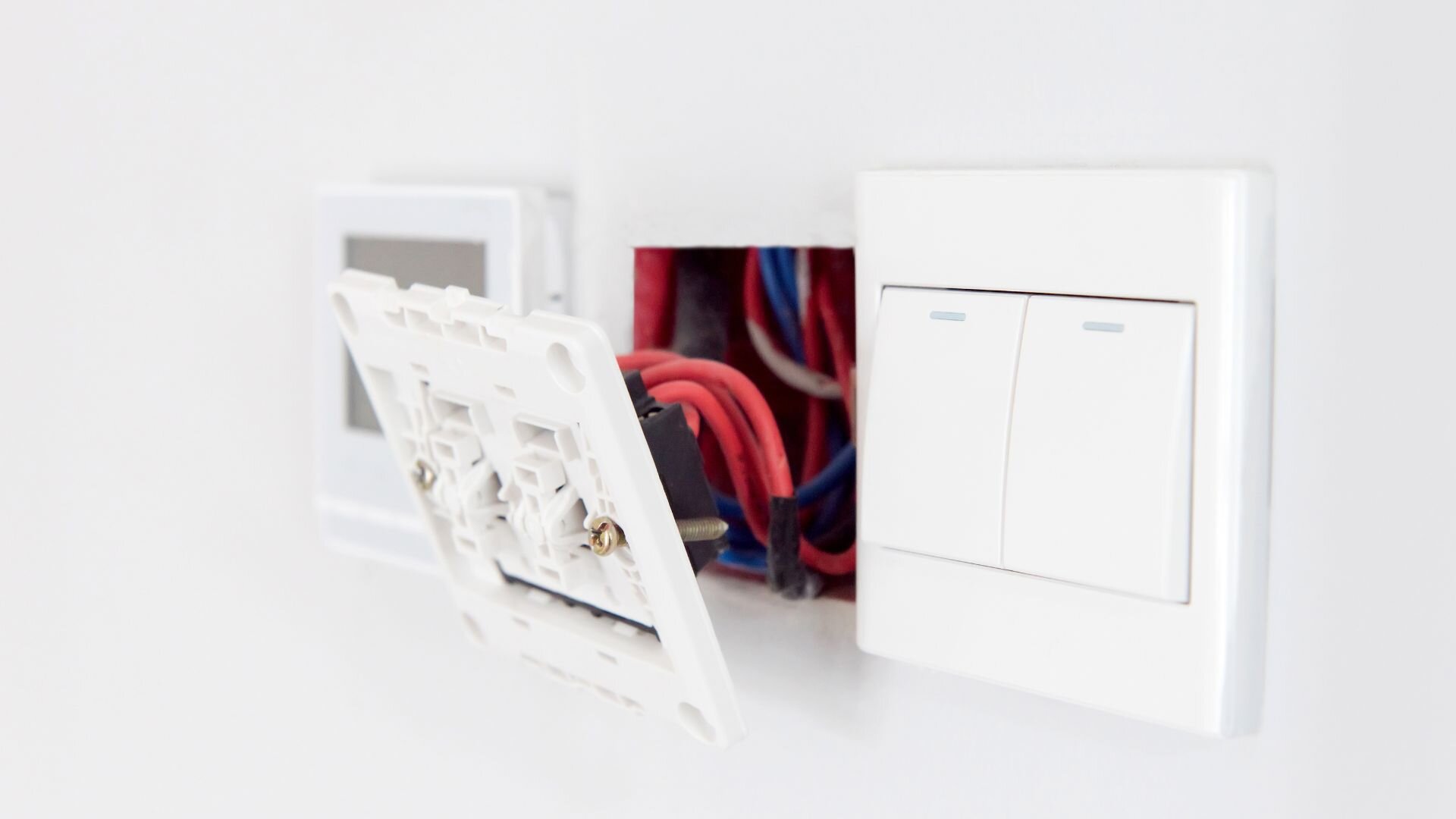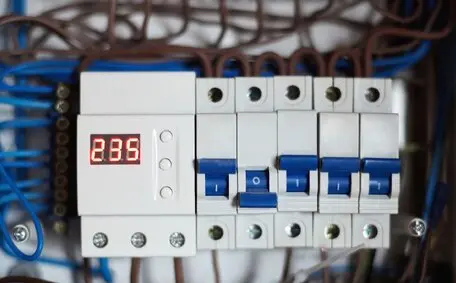Picture this: it’s a sunny Saturday arvo. Maybe you’re getting the barbie ready for a family feast, working on a DIY project with some trusty tools, or just enjoying some downtime in the bathroom with a hairdryer. All these activities rely on electricity, which, while essential, can pose risks if not handled carefully.
Electrical safety in Australian homes is paramount. That’s where safety switches, also known as residual current devices (RCDs), come in. These clever devices are designed to detect imbalances in electrical current, which can happen when a fault occurs. In a split second, the safety switch automatically turns off the power, significantly reducing the risk of electric shock.
But here’s the crucial part: neglecting regular safety switch testing can have serious consequences. A faulty safety switch won’t protect you or your loved ones from electric shock and could even lead to property damage from electrical fires.
So, the question is: When was the last time you tested your safety switches?
The Lifesaving Role of Safety Switches in Australian Homes
![2024 05 Switchboard With Safetty Switches And Circuit Breakers Switchboard Safetty Switches Circuit Breakers]()
Electrical Faults
Electrical safety is fundamental to ensuring a secure and comfortable home environment in Australia. Everyday incidents such as damaged appliances, wear and tear on wiring, or exposure to moisture can introduce electrical faults that disrupt the normal flow of electricity. These disruptions can cause electric shocks, which might be severe or even fatal.
Safety Switches
In response to these potential dangers, Australian homes are equipped with safety switches, also known as residual current devices (RCDs). These devices are crucial as they continuously monitor the flow of electricity through circuits. Any imbalance, typically indicative of a fault, triggers the safety switch to promptly turn off the power supply—often within milliseconds. This swift action drastically lowers the risk of serious electric shocks.
The Power of Prevention
Data from the Electrical Safety Office (ESO) highlights the effectiveness of safety switches. They have dramatically reduced rates of electrical injuries in Australia by acting quickly to prevent faulty currents from causing harm.
Regulations and Requirements
Safety switch regulations vary across different states and territories, but there is a common emphasis on their critical role:
- New Homes: Safety switches must be installed on both power points and lighting circuits.
- Existing Homes: Upgrades, including safety switches, are often required during renovations to enhance safety standards.
Testing and Maintenance: Ensuring Continuous Protection
To ensure safety switches continue to protect your household effectively, it is vital to:
- Test Your Safety Switch Regularly: Push the test button on your RCD safety switch every few months to ensure it promptly turns off the power, indicating it is functional.
- Professional Checks: Have a licensed electrician test the safety switch every 12 months. This regular check helps maintain the device’s integrity and functionality.
- Stay Informed: Find out more about how often you should test your safety switches and other devices like smoke alarms and circuit breakers to maintain optimal safety in your home.
Peace of Mind: The Value of Functional Safety Switches
When your safety switches are working right, you can relax a bit more, knowing there’s an extra shield against electrical mishaps. Of course, these switches aren’t replacements for smart electrical habits. It’s crucial to use appliances as intended, get them routinely checked by a licensed sparkie, and steer clear of DIY electrical jobs unless you’re certified.
For any electrical inquiries or to schedule a safety switch test and maintenance, call us today. Ensure your property, whether your home or business, is safeguarded against electrical risks.
Testing Your Safety Switches Regularly
Electrical safety authorities across Australia recommend testing your safety switches every three months. This simple process takes just a few minutes and can give you peace of mind knowing your electrical safety net is secure.
Here’s how to test your safety switches:
- Locate your switchboard: This is typically a metal box located in your garage, laundry, or meter box area.
- Find the safety switch: Look for individual switches with levers, usually labelled "Safety Switch" or similar.
- Identify the test button: Most safety switches have a designated test button, often marked with a "T" or simply "Test." Refer to the manufacturer’s instructions if you’re unsure.
- Press and hold the test button: The safety switch should react immediately by tripping the switch and cutting off power. This is the expected outcome, indicating the safety switch is functioning properly.
- Reset the safety switch: Once you’ve confirmed the trip, follow the manufacturer’s instructions to reset the switch and restore power.
Important: If your safety switch flunks the test (doesn’t trip when you hit that test button), don’t try to fix it yourself. Doing so can be seriously dangerous. Get a licensed electrician on the job right away to repair or replace that faulty switch.
Remember, giving your safety switches a test every three months is a straightforward yet crucial practice to keep your home and family safe.
Troubleshooting a Failed Safety Switch Test
Regular testing of your safety switch is critical, but it’s worrisome when it fails. Here are some typical reasons your safety switch might not trip when you press that test button:
- Internal Faults: Just like any gadget, safety switches can have internal faults over time. These snags might stop the switch from reacting properly during a fault.
- Loose Connections: Connections can get loose or corrode as time passes. This messes with the current flowing through the safety switch, affecting its ability to detect issues.
- End-of-Life Problems: Safety switches aren’t immortal. If yours is reaching the end of its expected life (as the manufacturer suggests), it may not work as it should and might need replacing.
It’s critical to make sure that your safety switch, installed by a licensed electrician, functions correctly to protect you from electrical hazards. If you’re running a business, you need to test your safety switch regularly. It is recommended that you test your safety switch every 12 months, perhaps aligning this with daylight savings changes to ensure consistency.
If your safety switch fails during a routine check:
- Do not attempt to troubleshoot or repair the switch yourself.
- Call a licensed electrician immediately. They are the only competent person authorized to assess and rectify issues with switchboard safety switches.
- Ignoring a failing safety switch poses a significant risk, as a malfunctioning switch won’t protect you from electrical shocks in the event of a fault.
Safety switches are crucial for appliances like your hot water system or anywhere moisture increases risk, such as bathrooms and kitchens.
Regular RCD safety switch testing helps maintain electrical safety in your home, potentially reduces your electricity bill by ensuring efficient operation, and is crucial for the effective functioning of your smoke alarm and fire safety systems.
In summary, always ensure your safety switches are installed and maintained properly to safeguard your home and your business. Regular checks and timely action can help prevent serious incidents related to electrical faults.
Safety Beyond Testing: Building a Culture of Electrical Awareness
![2024 05 Plug Outlet On Wall Plug Outlet Wall]()
A comprehensive approach to electrical safety goes beyond pushing the test button. Here are some additional practices to cultivate a safe electrical environment in your home:
- Treat Appliances with Respect: Always use electrical appliances according to the manufacturer’s instructions. This includes following recommended wattages for power points and avoiding overloading extension cords.
- Inspect Cords Regularly: Take a moment to inspect the cords and plugs of your appliances regularly. Look for signs of damage such as tears, fraying, or cracks. Damaged cords pose a fire hazard and should be replaced immediately.
- Avoid Wet Environments: Electricity and water are a dangerous combination. Never use electrical appliances in areas prone to moisture, like bathrooms or laundry areas. Consider using alternative options like battery-powered shavers in the bathroom.
- Embrace Safety Power Boards: Invest in safety power boards with overload protection. These clever devices can automatically cut power if too many appliances are plugged in, preventing electrical fires caused by overloading.
If you have any doubts or require assistance with electrical work, always consult a licensed electrician. Their expertise can ensure your home’s electrical system is functioning safely and efficiently.
Test. Don’t Regret. Keep Your Family Safe with Regularly Tested Safety Switches.
Peace of mind doesn’t come with a price tag, but electrical safety comes close. Regularly testing your safety switches is vital, but remember, safety is an ongoing process.
Taking a proactive approach with additional practices like inspecting cords and avoiding water near appliances builds a strong foundation for electrical safety in your home.
Do you have questions about safety switches or are unsure if your home even has them? Bright Force Electrical is a trusted provider of electrical services, including safety switch testing and repairs. Our qualified electricians can answer your questions (do I need a safety switch installed?), guide you through testing procedures (how do I test my safety switch?), and ensure your home is equipped with functioning RCD safety switches.
For a professional safety switch check-up and peace of mind, contact Bright Force Electrical today.










